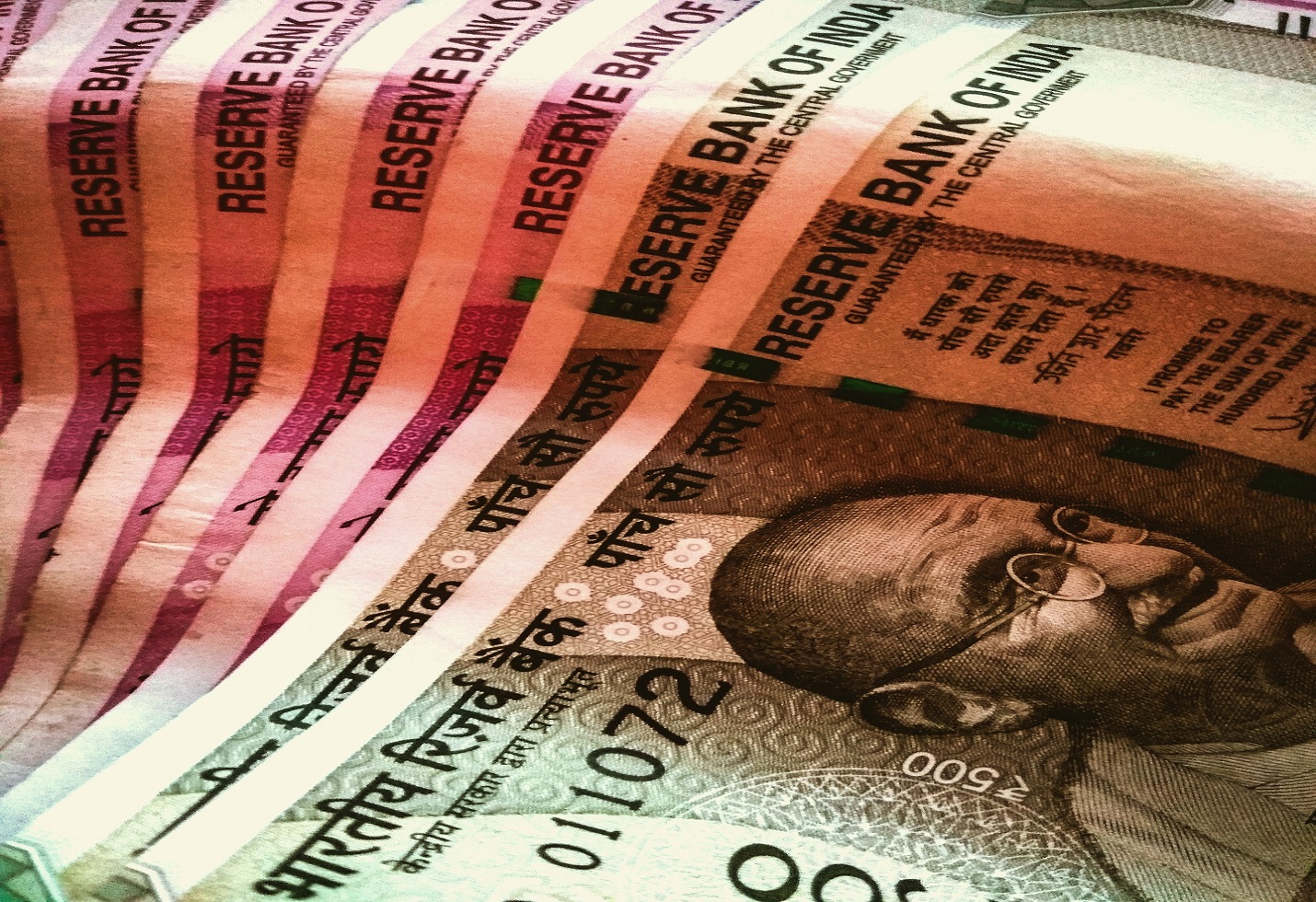FII Selling Driven by US Interest Rates, Not China
The recent spike in Foreign Institutional Investor (FII) selling in Indian markets has raised concerns among domestic investors, with many speculating that capital is being reallocated to China. However, a deeper analysis suggests that the root cause lies in the sharp rise in U.S. interest rates rather than a direct shift towards China. While China’s re-emergence as a competing investment destination is noteworthy, it is the U.S. Federal Reserve’s tightening monetary policy that is truly driving this trend.
Understanding FII Movements
Foreign institutional investors play a critical role in the Indian equity markets, often driving large movements in stock prices and market sentiment. Historically, periods of FII outflows are associated with global economic uncertainties or significant shifts in risk appetite due to events such as geopolitical tensions, global recessions, or central bank actions.
In the current scenario, the sustained FII selling from India’s equity markets has coincided with a prolonged period of tightening by the U.S. Federal Reserve. This has resulted in a sharp increase in U.S. Treasury yields, making dollar-denominated assets more attractive to global investors. In contrast to India’s relatively stable returns, these higher yields offer an appealing risk-adjusted return, leading FIIs to reallocate their funds towards the U.S. bond market.
The Role of U.S. Interest Rates
The U.S. Federal Reserve’s aggressive stance on interest rate hikes is rooted in its efforts to combat inflation, which reached multi-decade highs in the past two years. While inflation is moderating, the Fed remains vigilant, opting for a hawkish policy to ensure inflationary pressures do not re-emerge. As a result, U.S. 10-year Treasury yields have surged, currently hovering around the 5% mark. These yields provide FIIs with a safer and more stable investment alternative compared to the relatively volatile equity markets in emerging economies like India.
Furthermore, as U.S. interest rates rise, the cost of capital for investors increases. This prompts FIIs to move away from riskier assets such as equities, especially in emerging markets, to fixed-income securities that offer better returns with lower risk.
China: A Competing Destination?
While China has indeed reopened its markets and attempted to attract foreign investments following its prolonged COVID-19 lockdowns, it is not the primary cause of FII outflows from India. China is grappling with several macroeconomic challenges, including a slowdown in its real estate sector, sluggish domestic demand, and regulatory overhauls in key industries such as technology and education.
While these issues are expected to be transitory, China remains a volatile investment destination for FIIs. India’s strong economic fundamentals, including a favorable demographic profile, steady consumption growth, and ongoing structural reforms, continue to offer a compelling long-term investment narrative for foreign investors. As such, while there may be some degree of capital moving toward China, it is not significant enough to explain the recent exodus of foreign money from India’s equity markets.
Impact on Indian Equities
The outflows from Indian equities have put downward pressure on stock prices, particularly in sectors that are more dependent on FII participation, such as technology and financials. This selling pressure has contributed to a sense of unease among domestic investors, exacerbating market volatility. However, this is a global phenomenon affecting emerging markets across the board and is not indicative of fundamental weakness in India’s economic or corporate growth prospects.
Moreover, the long-term trajectory for Indian equities remains intact. Despite the short-term volatility driven by external factors such as U.S. interest rates, India’s structural growth story remains robust. The country’s expanding middle class, rising digital economy, and government-led reforms in infrastructure and manufacturing continue to be major draws for long-term investors.
Conclusion: A Temporary Phenomenon
The recent FII selling in India’s markets is largely driven by the sharp rise in U.S. Treasury yields, which is diverting global capital towards safer assets. While there are concerns about China drawing FII interest, the impact of U.S. interest rates remains the predominant factor behind the current outflows.
For domestic investors, it is important to view this as a temporary adjustment rather than a long-term trend. The structural strengths of the Indian economy remain intact, and once global monetary conditions stabilize, FIIs are likely to return to Indian markets, attracted by the country’s long-term growth potential.
The image added is for representation purposes only










